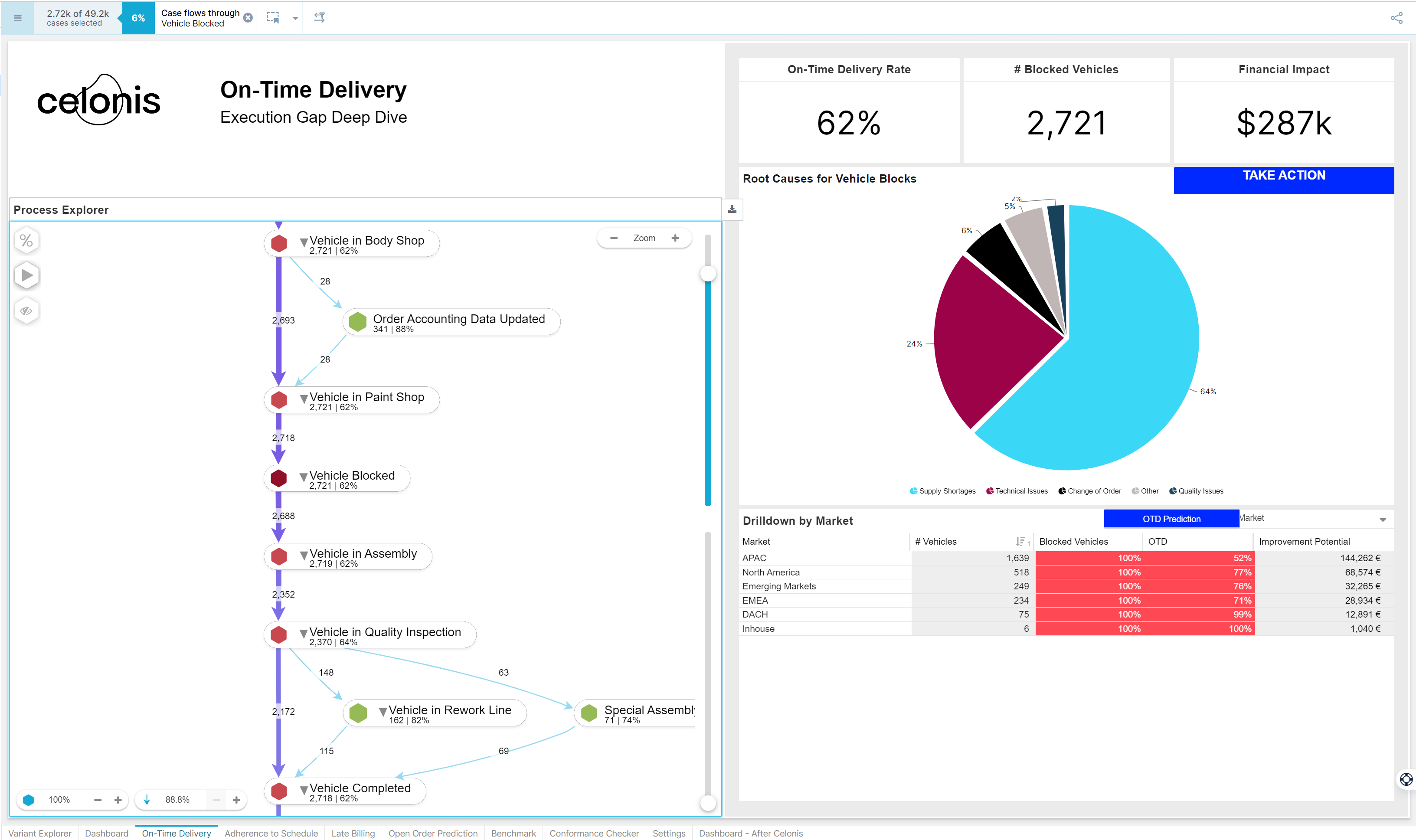... I mean, how can they compute this? First I was thinking 62% of those cases relatetd to that activity are on-time. But that would make sense with the rest of the analysis.
I want to give a demo to a customer, but I'm concerned he asks that question and I have to admit Ito him that I dont know.
dont know.




